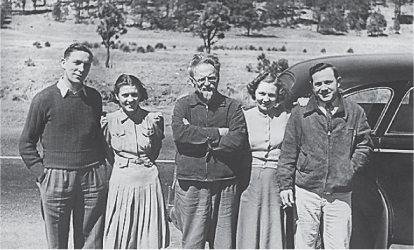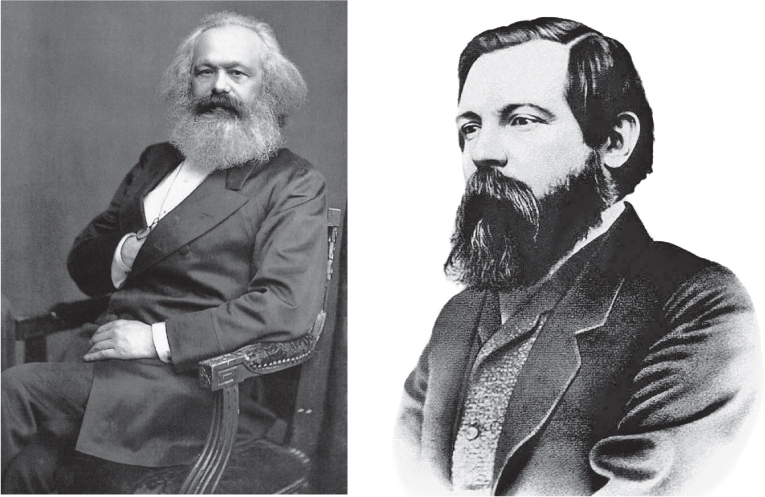
Nineteenth-century industrial unrest sparked the Chartist movement in Britain. Thousands of workers at their meetings (below) believed social conditions could be improved within the existing social framework. Two prosperous German philosophers, Karl Marx (left) and Friedrich Engels (right) argued that Communist revolution was the only way to change society.
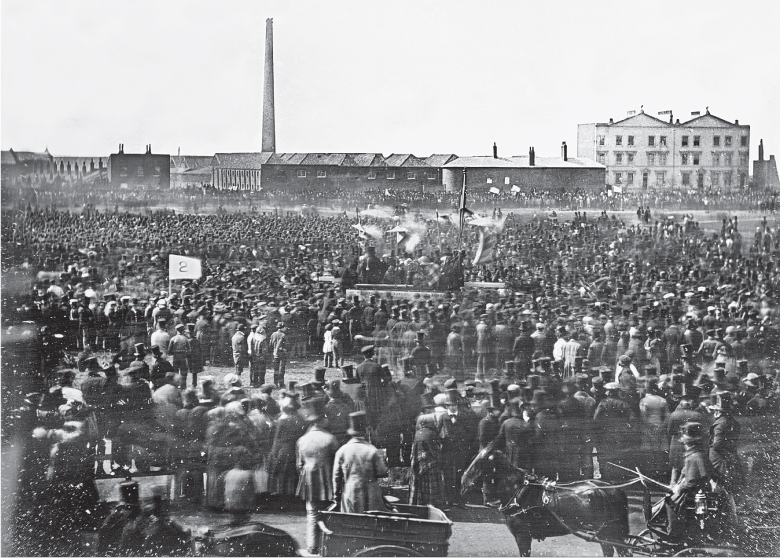
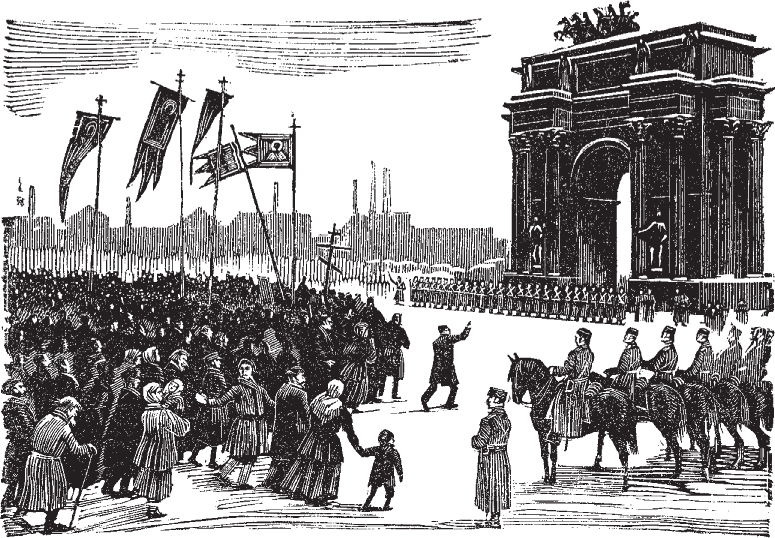
After horrific casualties in Russia’s 1904 war with Japan, unarmed workers and peasants tried to present a petition to Tsar Nicholas II (above in contemporary engraving and below in Soviet artist’s impression). Hundreds were killed by soldiers shooting into the crowd of men, women and children on Bloody Sunday, 22 January 1905.
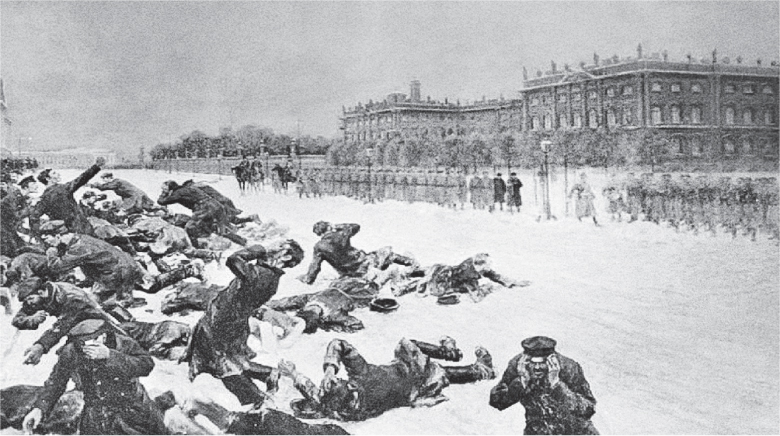

Strikes and sabotage spread across Russia to Vladivostok and south to the Caucasus (below). Included in the thousands of political prisoners exiled to Siberia were three revolutionaries, shown in their Okhrana mugshots: Lenin (left), Trotsky (centre) and Stalin (right).

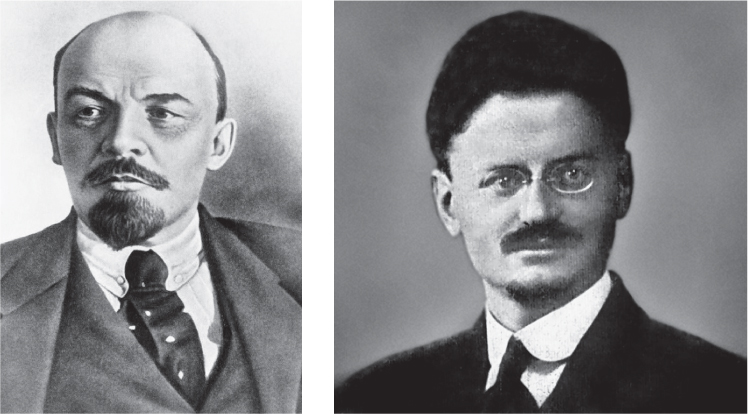
After all three escaped abroad, Lenin (above, left) and Trotsky (above, right) fell out for fifteen years. Lenin, the cold theorist, thought the chaos of war would offer the best chance of success for the next revolution. Stalin (Okhrana ID sheet below) became a Georgian bandit organising protection rackets and bank robberies, not always for the cause of revolution.
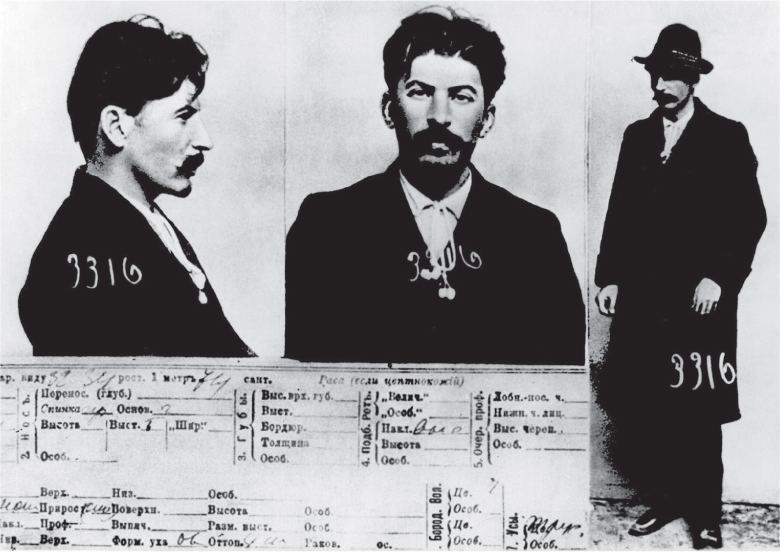
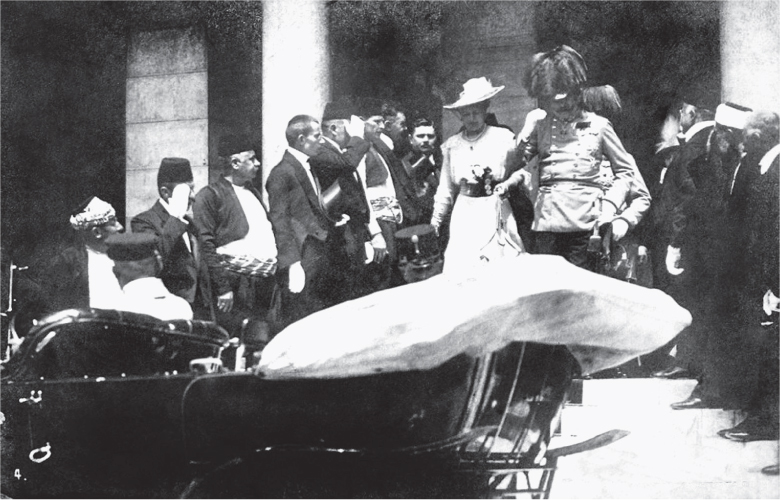
On 28 June 1914 Archduke Franz Ferdinand, heir to the Austro-Hungarian throne, made a state visit to Sarajevo in Bosnia-Herzegovina with his wife, Countess Sophie (above). Shot by a Serbian terrorist, both died. Although the assassin was immediately arrested (below), this event would eventually trigger the First World War.
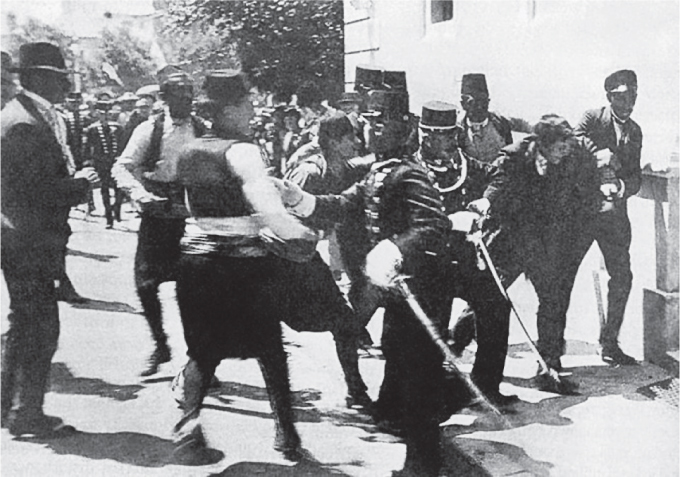
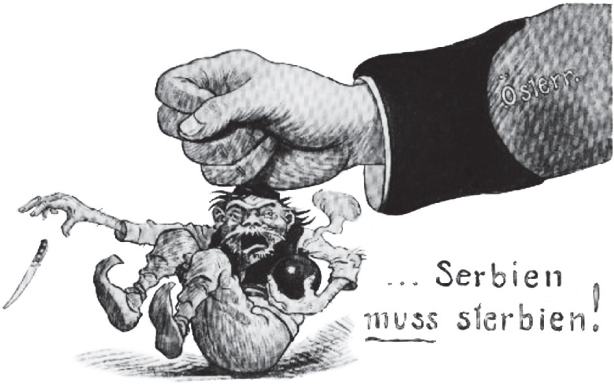
The newspaper cartoon (above) shows the strong fist of Austria squashing the ugly little Serbian assassin. But treaties between Austria and Germany and between Britain, France and Russia set the whole continent at war. Below, Russian soldiers march into East Prussia.
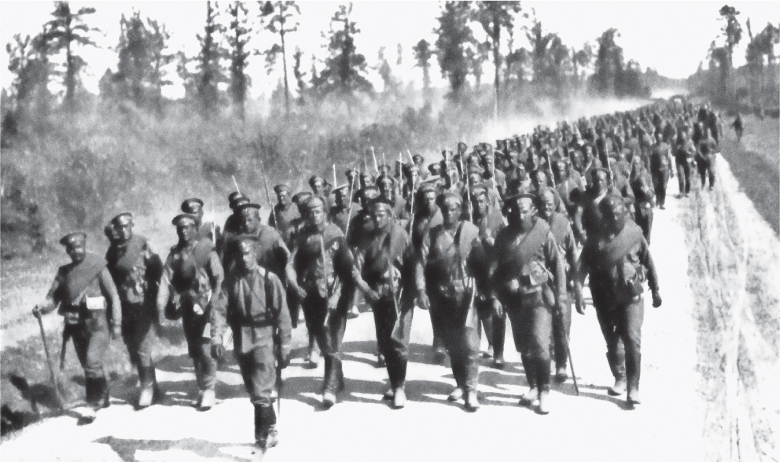
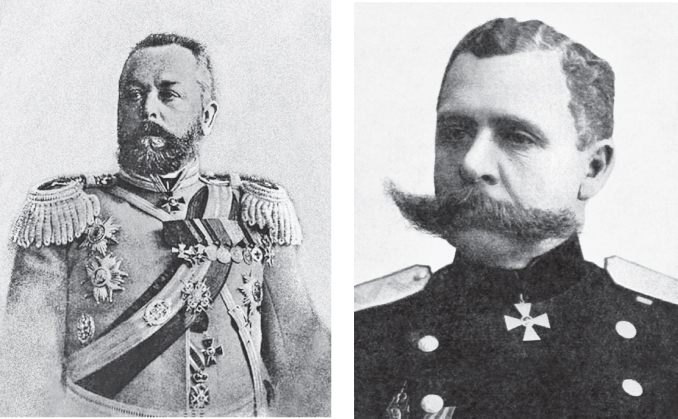
Refusing to speak to each other, or allow their staffs to do so, Russian generals Samsonov (left) and von Renenkamf (right) repeated there the same mistakes that killed thousands unnecessarily in the 1904 war. Russian losses mounted into the millions buried in unrecorded shallow mass graves.

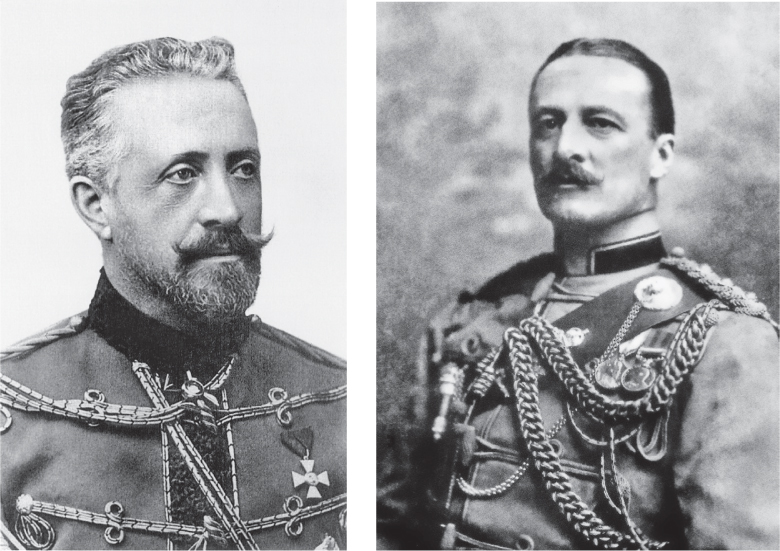
The Russian C-in-C Grand Duke Nikolai (left) was unable to control the incompetent generals. British observer Colonel Alfred Knox (right) reported to London how Russian soldiers often had the wrong bullets for their rifles and could not return enemy fire, causing casualties, desertion and mutinies.

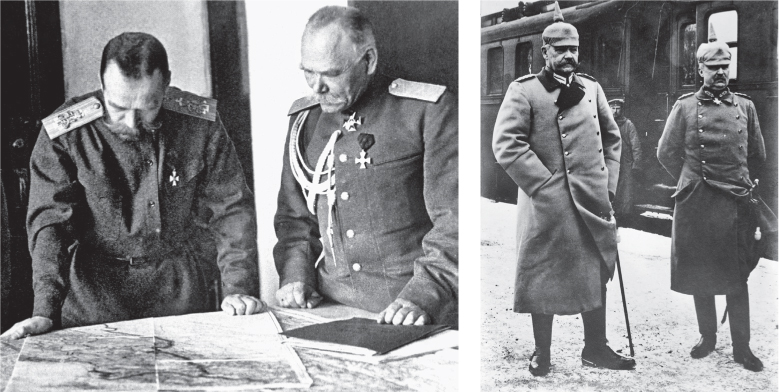
Unable even to read a map, the Tsar (above, left with Gen Alexeyev) sacked the Grand Duke and appointed himself C-in-C. He was up against the German warlords Hindenburg and Ludendorff (right). More dangerous was Israil Gelfand (below, left), who persuaded German chancellor Bethmann-Hollweg (below, right) to transport Lenin’s revolutionaries from Switzerland to Russia with enormous subsidies from Berlin, to finance a revolution taking Russia out of the war.
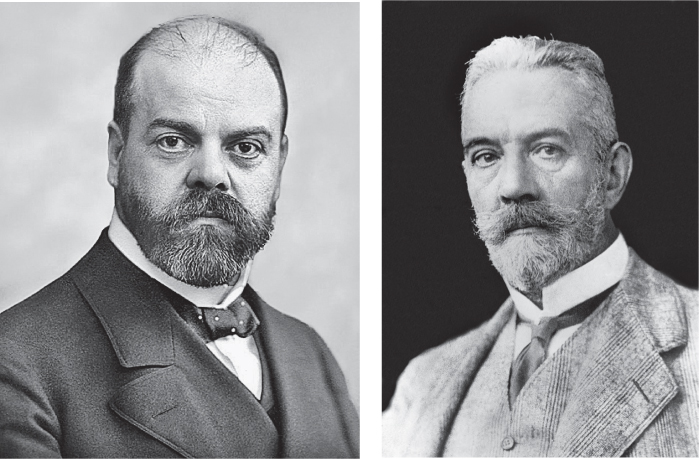
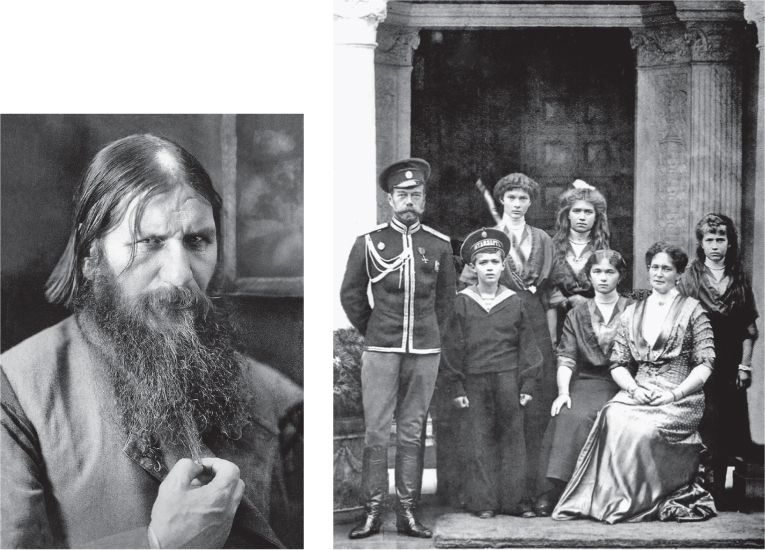
Tsar Nicholas (above, right with royal family) was dominated by the German-born Tsarina, who was under the influence of the monk Grigori Rasputin (above, left). Prince Georgi Lvov (below, left) tried to make a constitutional monarchy but was replaced as prime minister by Alexander Kerensky (below, right); but even he could not stem the tide.
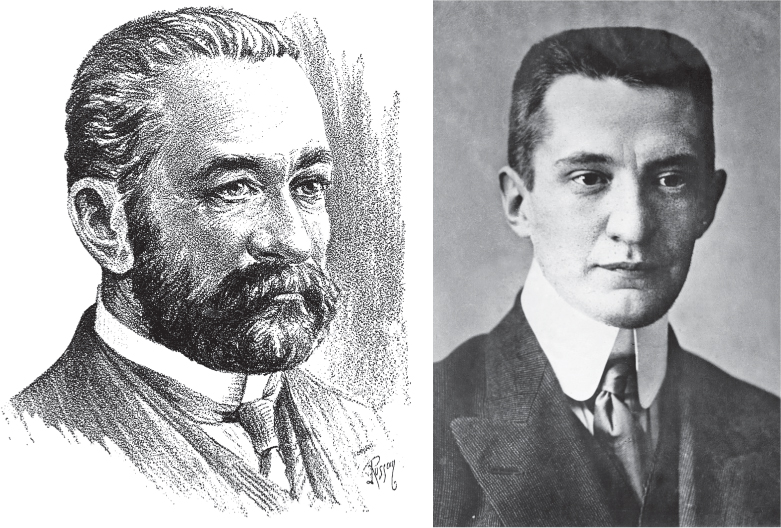

Armed revolutionaries took over the streets (above) and the first committee or soviet of soldiers’ representatives occupied the parliament building (below).
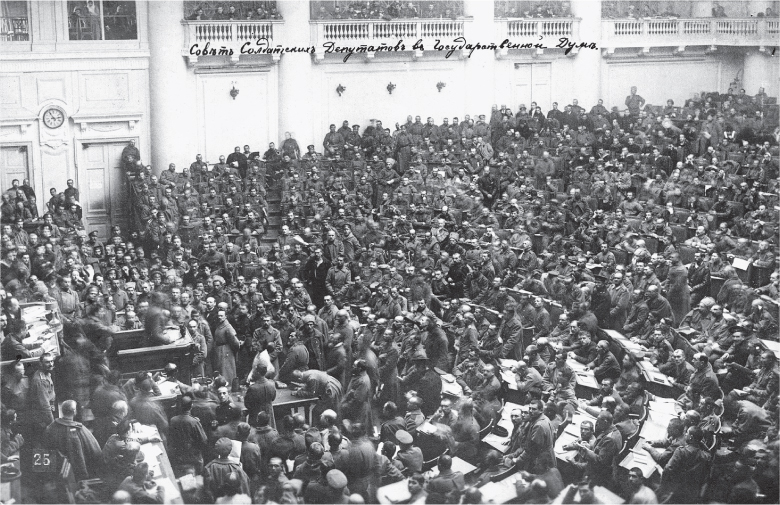

Bolsheviks arriving at Brest-Litovsk (above) negotiated a peace treaty with the Central Powers, which enabled Lenin and Trotsky to conscript mutinous soldiers and workers (below) into the Red Army, to fight their internal enemies.
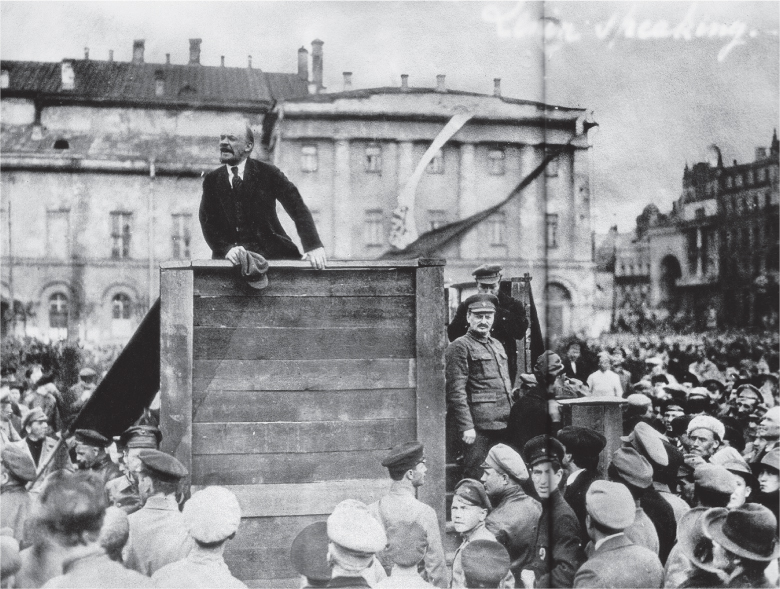
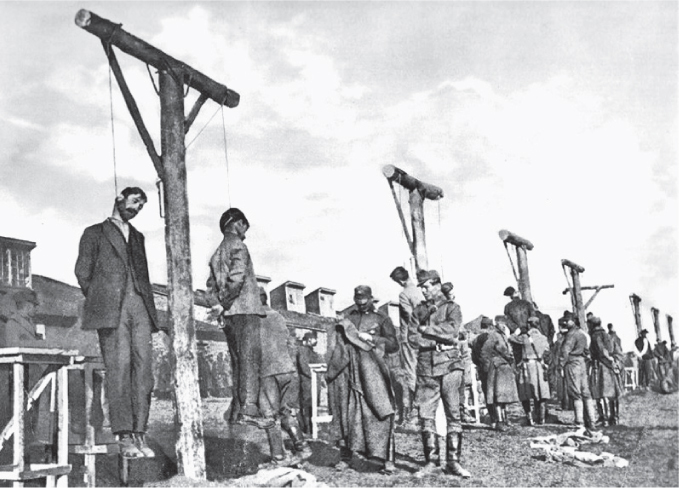
In the civil war phase of the revolution, atrocities were committed by both sides. Above, released Czech POWs hang Bolshevik prisoners. Below, Red soldiers survey their victims in Vladivostok.

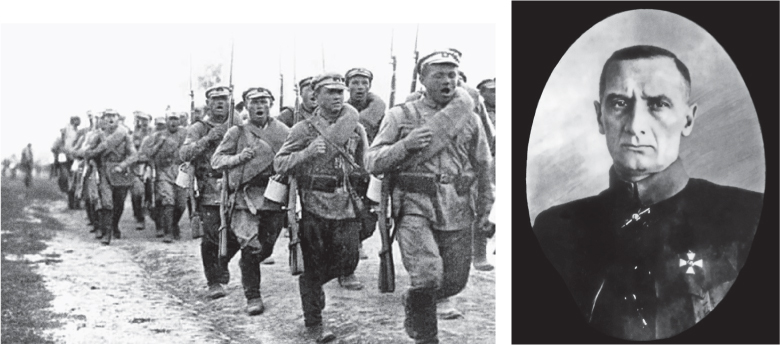
Millions of men fought each other across the vast expanse of Russia. Admiral Kolchak (above, right) was styled Supreme Ruler of the White anti-Bolshevik armies, but several Russian generals like Anton Denikin (below with officers, men and a British Mk V tank) conducted their own campaigns.
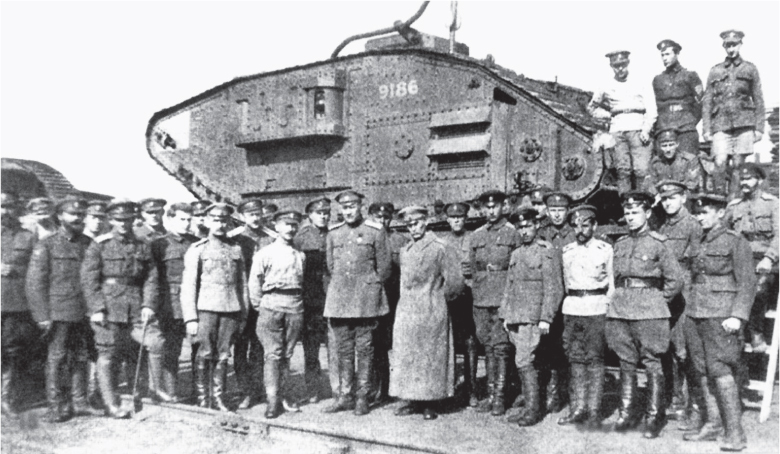
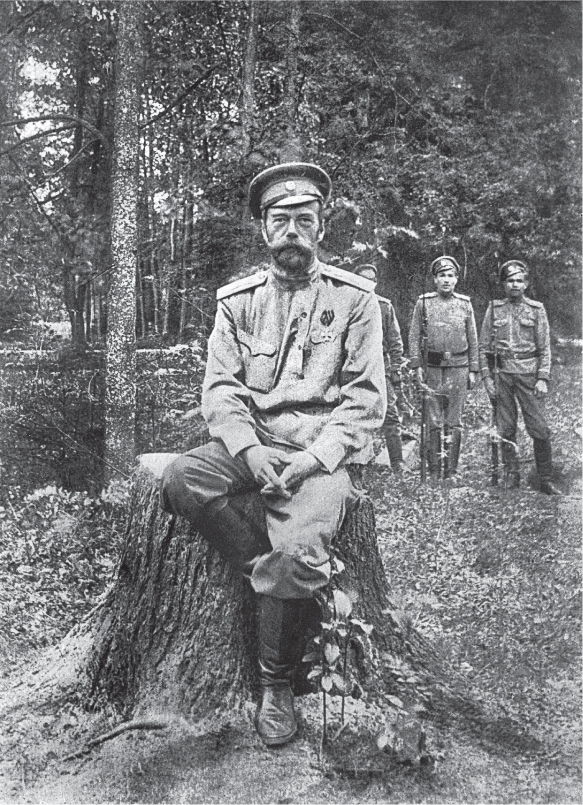
Considered internal enemies by the Bolsheviks, the Romanovs were arrested. Nicholas II was reduced to chopping firewood at Tsarskoye Selo (above). Under house arrest in this fortified villa at Ekaterinburg (below, left), the whole family was murdered by Commissar Yakov Yurovsky (below, right).
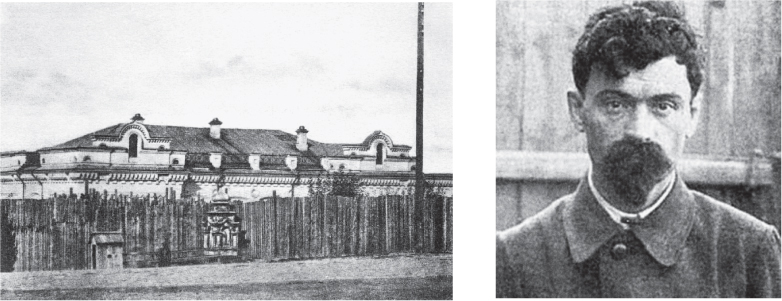
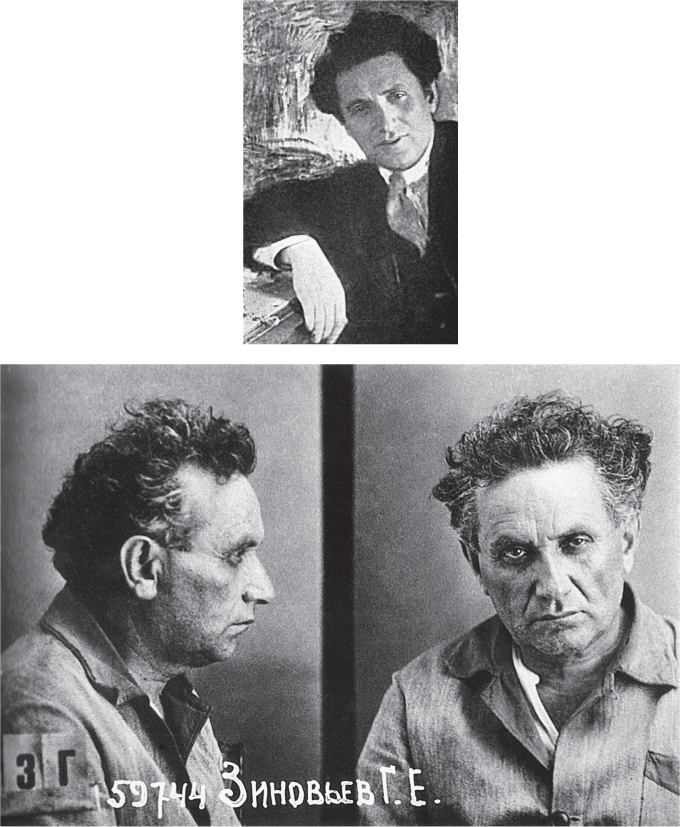
Stalin murdered all the Old Bolsheviks because they knew too much about him. Lenin’s close associate Grigori Zinoviev (top, in 1918) was reduced in 1936 to NKVD prisoner 59744 (mugshot above) and shot. In 1940 Stalin had Trotsky murdered in Mexico. Below is one of the last photographs of him (in centre of group) with his wife and friends shortly before he died with Mercader’s ice pick buried in his brain.
